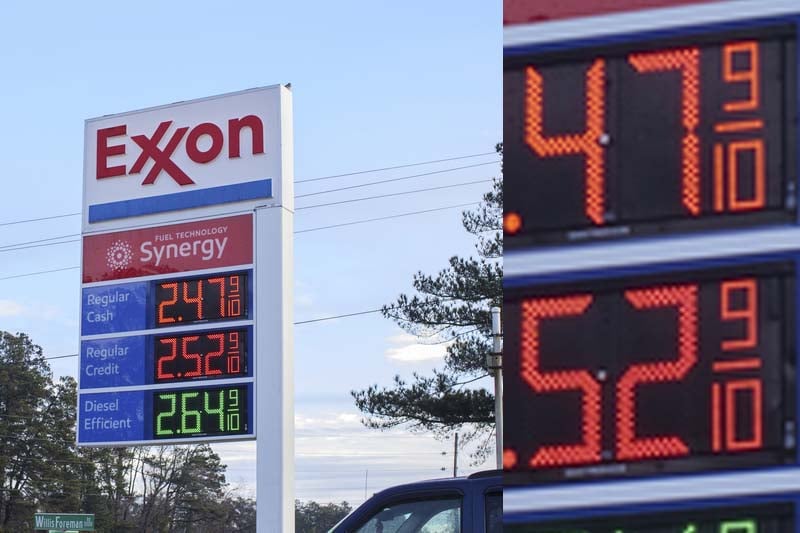
In New Jersey, gas prices are displayed with three decimal places (e.g., $3.499 or $3.49 9/10) due to a pricing convention that dates back decades.
This practice allows gas stations to fine-tune pricing, giving them flexibility to adjust costs by fractions of a cent without making large jumps.
While this might seem minor, it can make a difference when pricing fuel in competitive markets.
It also allows the companies to round their prices up.
Ok, so that answers the fraction question, but is it legal to post the lower cash price on the sign instead of the higher credit price?
The difference between cash and credit prices is also a common sight at New Jersey gas stations. The primary reason for this is the processing fees that credit card companies charge merchants, which can be significant—often around 2% to 3% of the transaction.
Rather than absorbing these fees, many gas stations pass the cost on to the consumer through a higher “credit price,” typically around 5 to 10 cents more per gallon than the cash price.
The cash price, which is usually lower, is what you see advertised on the large street signs. However, once you pull up to the pump and swipe a credit card, you might notice the price per gallon is higher.
This cash vs. credit pricing model benefits both the gas station and the customer, depending on payment methods. The station avoids losing money to credit card fees, and customers who pay in cash can save a bit at the pump. Some stations also offer debit card discounts similar to cash, as debit transactions typically carry lower processing fees than credit cards.
For drivers in New Jersey, it’s important to be aware of these pricing distinctions to avoid surprises at the pump. Always check the fine print on the sign or the pump itself to confirm whether you’re being charged the cash or credit price, and plan accordingly depending on how you intend to pay. This small detail can save you a few dollars, especially over the course of several fill-ups!

